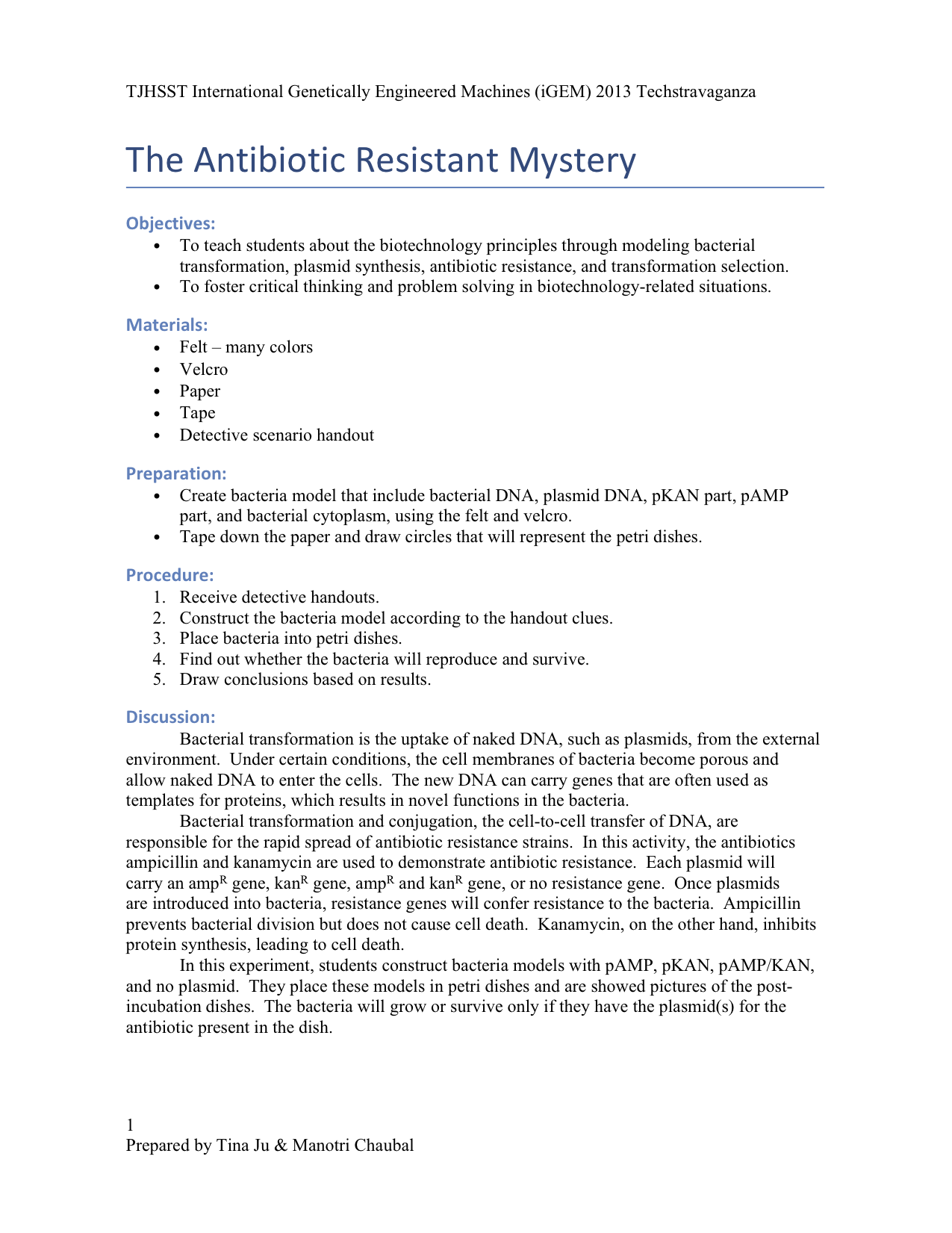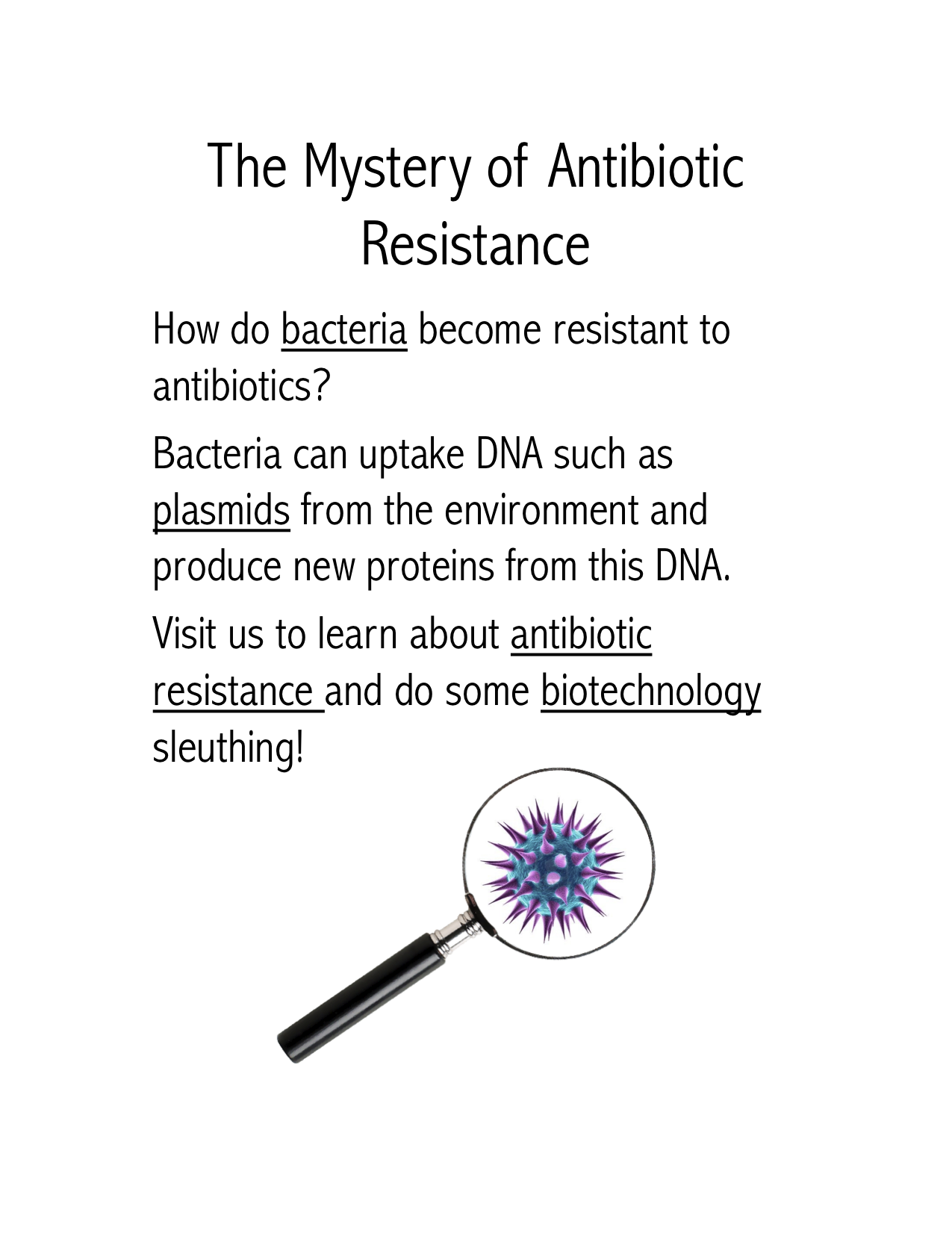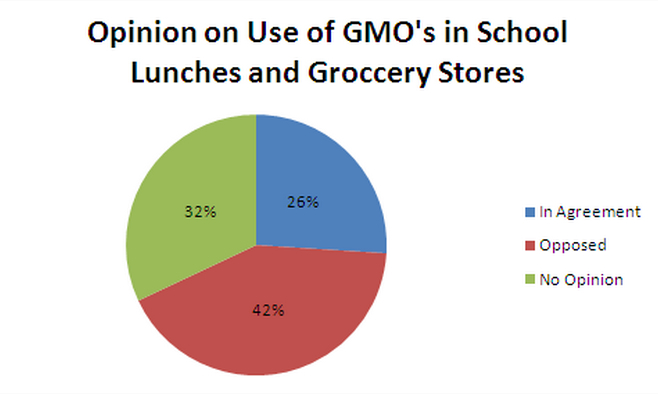Team:Jefferson VA SciCOS/Human Practices
From 2013hs.igem.org
|
To spread awareness about synthetic biology and our project, we ran a booth at our school’s annual Techstravaganza, a major outreach event hosted by our school’s TWIST (Tomorrow’s Women in Science and Engineering) club and Biology Society. Techstraveganza is a science exploration day where various clubs create booths with fun and educational activities for elementary and middle school students. This gives them an opportunity to perform hands-on science experiments as well as talk to professional from sponsoring organizations such as Northrop Grumman and NASA. Our team ran a booth this year consisting of two main activities. In one we had the students create DNA out of common food items, which aimed to help the students gain a basic understanding of the double-helix structure of DNA. In our second activity, we had students engage in a mock plasmid transformation using felt pieces and velcro, which helped the students to understand the basic idea behind transformation. We had to adjust our approach based on the age and previous knowledge of the students, but we tried to give everyone a good idea of the usefulness of synthetic biology and the ways in which it can be applied to solve practical problems. Many of the parents were also interested in our presentation and project, and we were able to give them a more detailed description of our objectives and the procedures represented in the activity. Through our experience at Techstravaganza, our team helped to spark the minds of our nation’s future in the field of genetic engineering. |







|
Our team recently took a poll of students at our school as well as other members of our community on whether genetically modified foods should be sold in grocery stores and used in school lunches. After surveying around 200 people, we found that around 42% of people were completely opposed to the use of genetically modified foods, 26% approved of their use, and 32% had no opinion. These statistics, especially the large percentage of interviewees who had no opinion, show that a large amount of people in our local community are not informed about the use of GMO’s, and that further effort should be put into educating parents and students about the benefits of GMO’s.
|
|
Our team has also took matters into our own hands and helped to educate our community through many different mediums. From the very beginning, we realized that we could make a very big difference in the education of our school using the power of Facebook. We have created a facebook page whose sole purpose is to inform our student body about the benefits of studying genetic engineering and to showcase important research in the field. Facebook is a very common social networking site for students at TJ, and our page frequently sends out information that our student body can easily access. We have around 70 people who have liked our page, and the number is constantly growing. Through this page, we hope that more and more of our students can consider a career in genetic engineering and support the use of GMO’s in our everyday lives. |
 "
"





